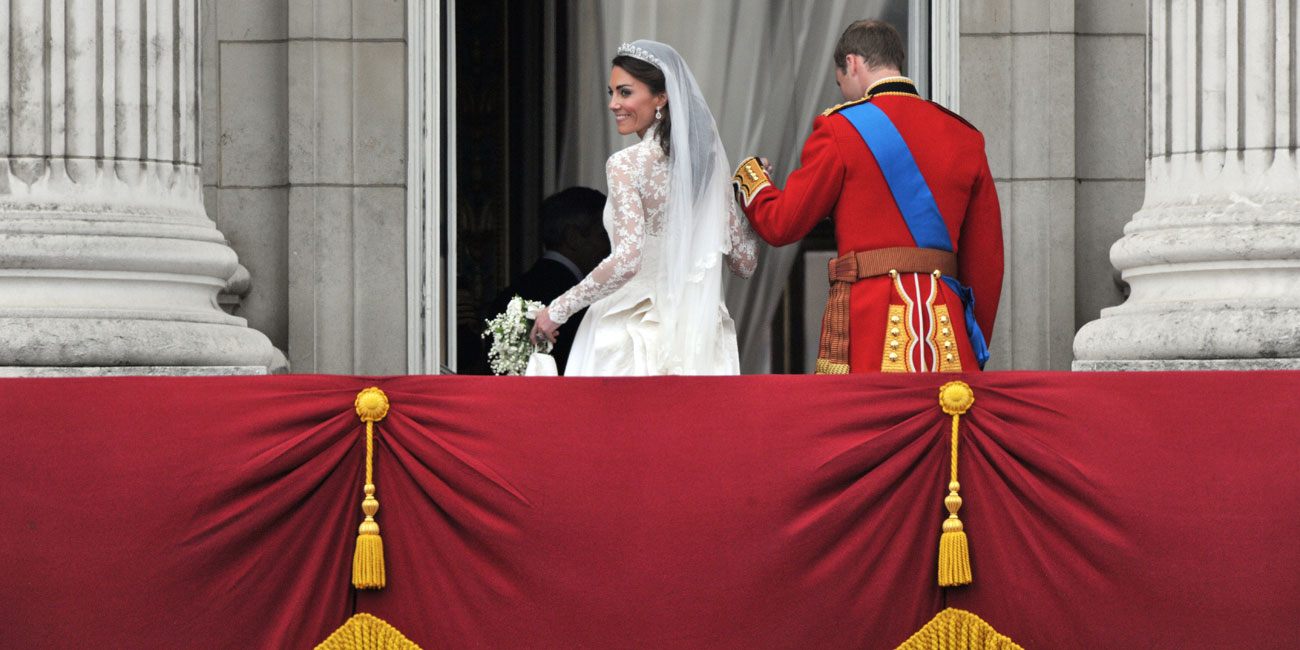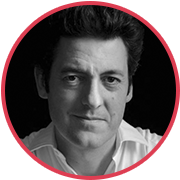
James Hill: “It Has Become Increasingly Difficult to Work as a Photojournalist”
In late 2014 James Hill had “Somewhere Between War and Peace” out, a book that can be called a mid-career accomplishment. Bird In Flight talked to James about the book, what became a turning point in his career as a photographer and what inspires him.

As for those photographers who have influenced me I think that for portraits August Sander and Irving Penn remain heroes for me and as a general photographer looking at the world then Lartigue remains my favourite. As for the photojournalist that most moved me then there is no question that Robert Capa is the one who sets the standards to which we all aspire.
{“img”: “/wp-content/uploads/2015/03/james-hill-interview-01.jpg”, “alt”: “”, “text”: “Georgian refugees, crossing the Caucasus mountains after their escape from Abkhazia. 1993.”}
To me photojournalism is a way of dealing with the outside world. My pictures are as much questions as they answers, and the camera for me serves as a conduit for this conversation.
{“img”: “/wp-content/uploads/2015/03/james-hill-interview-04.jpg”, “alt”: “”, “text”: “A soldier shaving his head during a stop-over prior to an offensive north of Baghdad. 2003.”}
It is difficult to be a photojournalist in a world where the meaning of this term is too vague for the majority of its population.
{“img”: “/wp-content/uploads/2015/03/james-hill-interview-03.jpg”, “alt”: “”, “text”: “Golden Eagles paratroopers’ show. Kiev, 1992.”}
Beslan was a watershed for me and afterwards I became very reluctant to go back to covering wars. It was the first time that the horrors of what I had seen overcame me, questioning my reasons for being there. By any standards, I think that Beslan was a particularly horrible event and the slaughter of the children affected me very strongly as I had two small children of my own at that time. It is a memory which still burns very sharply in my mind and which to this day continues to trouble me.
{“img”: “/wp-content/uploads/2015/03/james-hill-interview-02.jpg”, “alt”: “”, “text”: “A man is trying to save books from a classroom of №1 school. Beslan, North Ossetia, September 2004.”}
There is no recipe for how to behave at a war. War itself changes people, hardening them and our emotional nature will make us each react in a different manner. The most important point is to keep enough reason as to be clear as to the motivation for being there in the first place. War photography is not to be taken lightly. It takes both courage and judgement to do it well.
{“img”: “/wp-content/uploads/2015/03/james-hill-interview-05.jpg”, “alt”: “”, “text”: “A couple making its way on a country road. Badakhshan province, North Afghanistan, 2001.”}
Out of all my journeys one that I took to Chukotka in 2007 remains my favourite. The extraordinary white expanse by day and the northern lights by night are sights that I will never forget.
{“img”: “/wp-content/uploads/2015/03/james-hill-interview-06.jpg”, “alt”: “”, “text”: “F-16 fighter inceptor pilot over Iraq on a patrol mission. Northwatch mission, 2003.”}
At present I live in Moscow with my wife. She is French, and has been living here for 19 years. I am working on several projects about Moscow, one artistic and one architectural, and I am also hoping to start work on a new series of essays on photography and also to go to Ukraine and do an examination of a country where I spent four years of my life.
{“img”: “/wp-content/uploads/2015/03/james-hill-interview-07.jpg”, “alt”: “”, “text”: “The body of Pope John Paul II. Vatican, 2005.”}
My latest book “Somewhere Between War and Peace” was published late last year by Kehrer Verlag. It is a series of 42 stories written around a single image, though some stories have a small series instead of just one image. Throughout my career I have often been asked what I was thinking when I took a certain picture, or how it was possible to work in a certain place and part of this book is an answer to those questions. But the book is more profoundly about how images shape our memories, how they form the pillars of our past and, when those images are difficult or violent, how they continue to question us.
{“img”: “/wp-content/uploads/2015/03/james-hill-interview-08.jpg”, “alt”: “”, “text”: “Alonso Stuart and Christ Newman, acrobats and street artists in Battery Park, New York, 2008.”}
I think that photographers make time for projects when they believe in them. There is always time for them, however busy you might be, it is a question of how important they are for you personally.
{“img”: “/wp-content/uploads/2015/03/james-hill-interview-09.jpg”, “alt”: “”, “text”: “A young girl walking to her village of Butyrki in the Lipetsk region. Russia, 2008.”}
Exhibitions force photographers to reexamine their photographs and see how cohesive their message is. It’s also important now to reach as wide an audience as possible since the market for selling prints has become increasingly vital as a source of income to photographers.
{“img”: “/wp-content/uploads/2015/03/james-hill-interview-10.jpg”, “alt”: “”, “text”: “Mattanzza (tuna fishing) in Favignana. Italy, 1999.”}
I don’t follow competitions as closely as I used to but I look every year at World Press Photo for instance because it helps me get a sense of the overall direction of photojournalism.
{“img”: “/wp-content/uploads/2015/03/james-hill-interview-11.jpg”, “alt”: “”, “text”: “Winter swimmer in Serebryany Bor. Moscow, 1993.”}
Inspiration has to come from inside, as a reaction to the things that I see. As for any artist the moments of inspiration are stronger and weaker depending on many different circumstances, both personal and professional. It might be an encounter with someone, a visit to a new place, looking at a exhibit and suddenly seeing a different way of looking. There are all kinds of moments that can trigger a desire to pick up the camera.
{“img”: “/wp-content/uploads/2015/03/james-hill-interview-cover.jpg”, “alt”: “”, “text”: “Royal wedding of Prince William and Kate Middleton. Great Britain, 2011.”}
New and best




